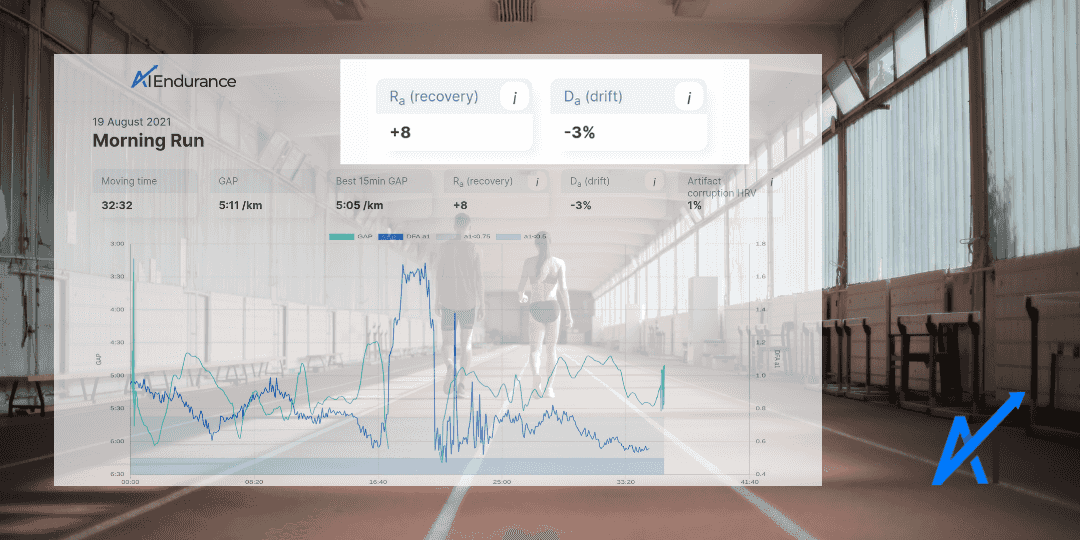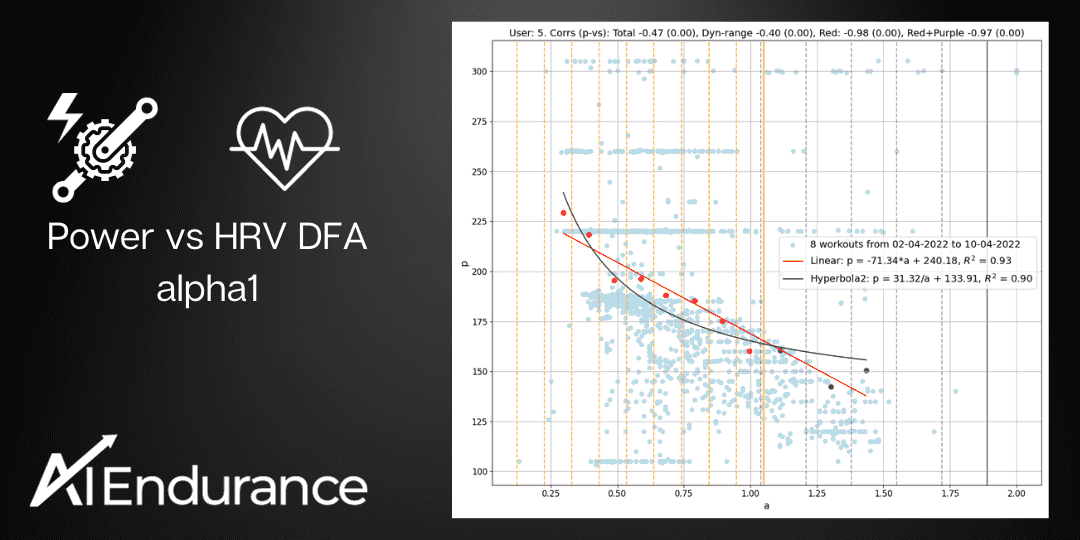
The world around us is changing, driven by technological advances that seek to improve our lives.
We see this in everything we do, from our leisure time to our employment, whilst driving our cars or walking down the street. Everyone has a smartphone these days; you can pay for goods with your watch or video call the other side of the world instantly.
Technology has found its way into sport, and as a result, the industry has adapted and changed. Classifying the sports industry as a single entity is doing a huge disservice to the sheer scale of sporting endeavor and influence. There are athletes and teams, fans and pundits. That's just a small slice of the people involved in the wider world of sport. Still, however you quantify it, the sports industry has adapted to change and has done so on quite an impressive scale.
Here, we look at just three ways sport has adapted to a new, digital society and what it means for the future.
Training is a key part of any sporting endeavor, and technological developments have revolutionized that aspect of sports. There are platforms for athletes to follow training plans or track their development over time.
Then there is Strava, which also adds an element of social media to training by allowing you to follow other athletes and compare times over certain segments.
Furthermore, technology has changed how training and development are managed for team sports. It's rare to see a player without a GPS vest now. Teams have had to develop sports science departments and employ performance analysts to put the digital technology to the right use. It's all about finding marginal gains in this day and age, courtesy of GPS tracking and intense analytics.
Sport is about much more than competing; for many, it is intrinsic to their everyday lives even if they don't compete. We all have our favorite athletes or sports teams we follow; some fans go and watch games in the stadiums, while others are forced to support from afar. One element of digital technology helping bridge the physical gap is fan tokens, backed by crypto technology. They are a digital asset that can be bought and sold and has a value that can rise and fall. Owners of fan tokens can then take part in polls that help shape the club's future, such as what goal celebration music to play. They're mainly popular in soccer, but a handful of other sports teams are trialing fan tokens, and the main providers, Socios, have entered into an agreement with major sports such as NHL and NFL.
AI will impact sports via improved analytics and training advice. It has the potential to handle many more dimensions of data than a coach to make decisions about an athlete's training. In the future, AI will likely work together with coaches to make the best decisions for the athlete.
Apart from endurance sports, AI could be applied in other areas of personal training. Sport teams could soon use digital technology to help improve an individual's fitness. Also, it could help improve the fan experience in the same way as fan tokens; facial recognition has already been used to admit fans to stadiums, meaning no need for a paper ticket and, theoretically, long queues.
One of the biggest areas sport has had to adapt is how games are managed – AI referees. In 2010 at the soccer World Cup, England had the ball over the line in their game against Germany. The score was 2-1 at the time, and the' goal' levelled the game. However, the referee didn't see it, and the game continued; England lost 4-1. This triggered the introduction of goal time technology and Video Assistant Referees (VAR) during the following world cups. The 2022 world cup comes with the introduction of AI-powered VAR to speed up referee calls. That's not the only example of AI being used in game management, but it is a high-profile one.
Written by Felicia Michael for aiendurance.com

Daily readiness to train is affected by many factors including sleep, illness and training load. Heart rate variability (HRV) readiness to train metrics typically rely on measurements taken immediately upon waking in the morning. We introduce an HRV readiness to train and a durability metric based on DFA alpha 1 (a1) measurements taken during exercise. These new metrics provide additional insights and do not require you to measure HRV upon waking.

by Grant Paling. In my last blog, I closed the chapter on my European Championship race in Portugal. It definitely was an intense period leading up to, during and after the race. So many emotions, so much effort invested and then…what’s next?

by Stefano Andriolo. We demonstrate a universal relationship between cycling power and DFA alpha 1 from every day workout data that allows accessible and regular tracking of aerobic and anaerobic thresholds without the need of an exercise lab or even a dedicated testing protocol.

We get it, virtual races are not the same as actual races in terms of staying motivated. That's why AI Endurance is introducing a new maintenance running schedule to keep you in shape during the pandemic.